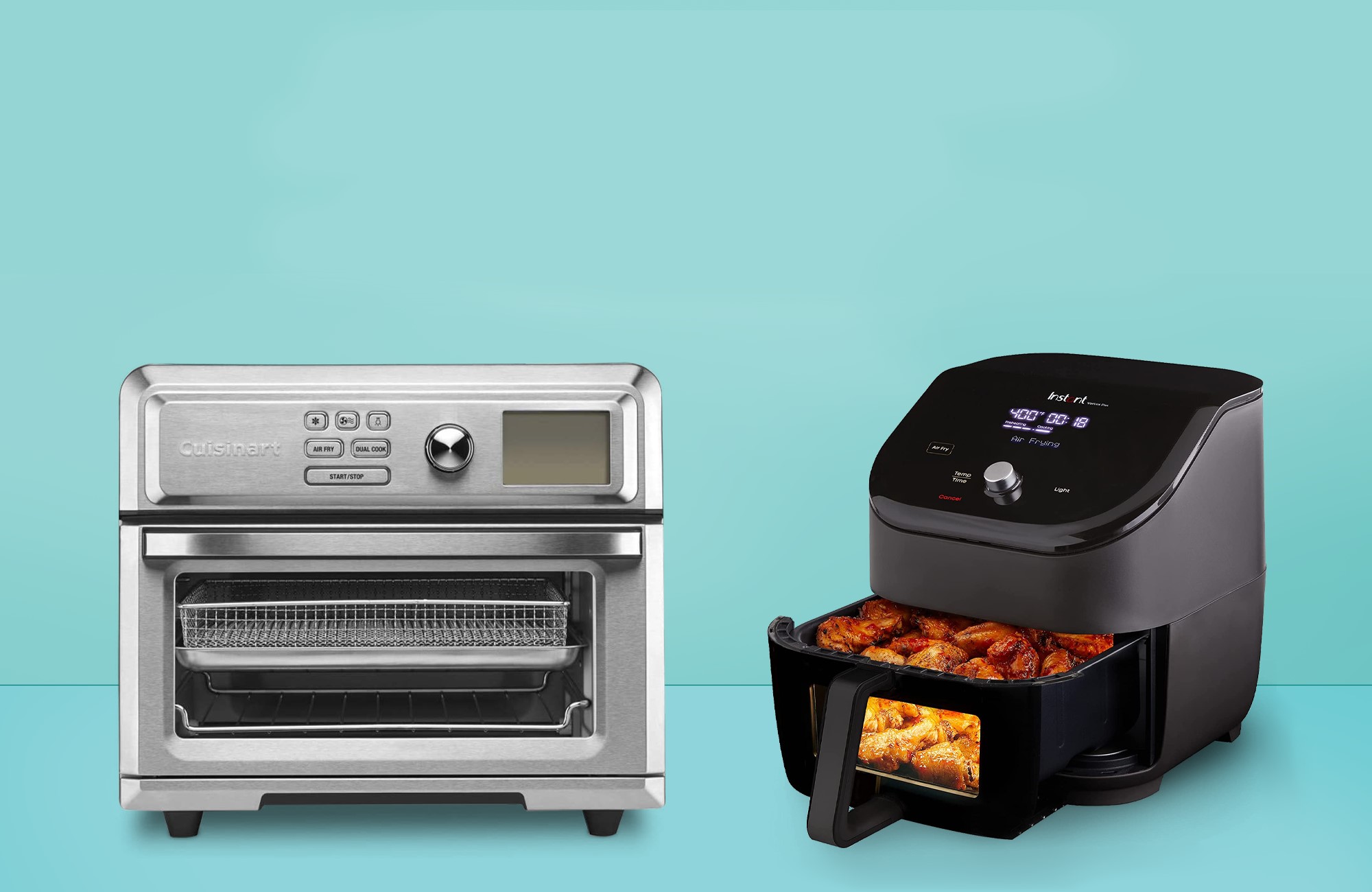

Articles
How Is Air Fryer Different Than Oven
Modified: March 25, 2024
Discover the key differences between air fryers and traditional ovens in this informative article. Explore the benefits and drawbacks of each cooking method to make an informed decision for your kitchen.
(Many of the links in this article redirect to a specific reviewed product. Your purchase of these products through affiliate links helps to generate commission for Storables.com, at no extra cost. Learn more)
Introduction
The way we cook our food has greatly evolved over the years with the invention of various appliances and cooking methods. Two popular options that have gained significant attention in recent years are the air fryer and the oven. While both appliances serve the purpose of cooking food, they differ in their mechanisms, cooking times, texture and taste, versatility, health benefits, energy efficiency, and maintenance requirements.
In this article, we will delve into the world of air fryers and ovens, exploring their unique features and helping you understand how they differ from each other. Whether you are considering purchasing one of these appliances or simply curious about their differences, this article will provide you with valuable insights to make an informed decision.
Key Takeaways:
- Air fryers offer a healthier and quicker alternative to traditional frying methods, providing crispy textures with minimal oil. They are versatile, compact, and ideal for those looking to reduce unhealthy fat intake while still enjoying fried-like foods.
- Ovens provide a wide range of cooking techniques, allowing for tender and moist dishes, crispy crusts, and experimentation with various recipes. They offer flexibility, larger cooking capacities, and the ability to incorporate healthier ingredients, making them suitable for those who prioritize ingredient control and a wider range of cooking options.
Read more: How To Use Air Fryer On Samsung Oven
Definition of an Air Fryer
An air fryer is a kitchen appliance that utilizes the rapid circulation of hot air to cook food. It is designed to mimic the cooking process of deep frying without the use of excessive oil. This innovative appliance uses a heating mechanism and a powerful fan to circulate hot air around the food, providing a crispy texture similar to that achieved through deep frying.
Unlike traditional deep fryers that require a large amount of oil to immerse the food, air fryers only require a minimal amount of oil, typically just a tablespoon or less. The food is placed in a basket or tray within the air fryer, allowing the hot air to cook the ingredients evenly from all sides. The result is food that is crisp on the outside while still moist and flavorful on the inside.
One of the main advantages of an air fryer is that it reduces the amount of oil used in cooking, making it a healthier alternative to traditional frying methods. It is particularly appealing to those who want to enjoy the taste and texture of fried food while minimizing their intake of unhealthy fats.
Furthermore, air fryers are known for their convenience and speed. They can quickly heat up and cook food in a fraction of the time it takes to preheat and cook in a conventional oven. Whether you want to whip up a batch of french fries, chicken wings, or even bake a cake, an air fryer offers a versatile cooking option that is both efficient and easy to use.
Definition of an Oven
An oven is a kitchen appliance that is used for baking, roasting, and heating food through the process of dry heat. It consists of an enclosed chamber with heating elements, where the food is placed to cook. Ovens come in various types, including conventional ovens, convection ovens, and microwave ovens, each with its own unique features and functionality.
A conventional oven is the most common type and uses a heating element either on the top or bottom of the oven to produce heat. The food is placed on a rack or in a baking dish and cooks through the transfer of heat from the hot elements to the food. Conventional ovens are known for their versatility and can be used for a wide range of cooking, from baking pastries to roasting meats.
Convection ovens, on the other hand, incorporate a fan that helps circulate the hot air within the oven. This even distribution of heat results in faster and more uniform cooking. Convection ovens are particularly beneficial when it comes to baking, as they produce a more consistent rise and browning of baked goods. They are also ideal for roasting meat, ensuring that it is cooked evenly throughout.
Microwave ovens, although not exclusively for baking or roasting, are commonly used for reheating food and cooking certain dishes. They work by emitting microwaves that excite the water molecules in food, generating heat and cooking the food from the inside out. Microwave ovens are known for their convenience and speed, as they can quickly heat up or cook food in a matter of minutes.
In addition to their heating mechanisms, ovens also offer different cooking modes, such as broiling and grilling, which allow for a variety of cooking techniques. Ovens provide a reliable and consistent baking and cooking environment, making them a staple in many kitchens around the world.
Cooking Mechanism: Air Fryer vs. Oven
The cooking mechanisms of air fryers and ovens differ significantly, resulting in variations in how food is cooked. Understanding these mechanisms can help you decide which appliance is better suited to your cooking preferences.
An air fryer uses the rapid circulation of hot air to cook food. It employs a heating element and a powerful fan to circulate the hot air around the food, creating a crispy outer layer. The hot air penetrates the food, cooking it from all angles, similar to how hot oil would in a deep fryer. This rapid circulation of hot air essentially “fries” the food, resulting in a crunchy and evenly cooked exterior.
On the other hand, an oven utilizes dry heat to cook food. In a conventional oven, heating elements located at the top and bottom of the oven produce heat. This heat is then transferred to the food through convection, the process of heat circulation. The food absorbs the heat and cooks gradually as the hot air surrounds it.
In a convection oven, a fan is added to the heating mechanism, which helps circulate the hot air more efficiently. This improved airflow ensures that the food cooks more evenly and quickly. The movement of the hot air allows for better browning and crispness, making convection ovens ideal for baking and roasting.
The cooking mechanism of air fryers allows them to achieve a similar texture and taste to deep-fried food with less oil. The rapid circulation of hot air in the air fryer ensures that the food is evenly cooked and achieves a crisp exterior. However, it’s important to note that air fryers may not provide the same level of browning or caramelization as traditional ovens, which use radiant heat to achieve those effects.
Ovens, on the other hand, offer a wider range of cooking techniques. Their ability to heat food from all sides allows for a more traditional cooking experience. You can bake, roast, broil, and grill in an oven, achieving different flavors and textures depending on the cooking method.
In summary, air fryers use rapid hot air circulation to “fry” food with minimal oil, while ovens utilize dry heat to cook food through convection. Air fryers excel at achieving a crispy exterior, while ovens offer a broader range of cooking techniques. Your choice between the two depends on your desired cooking method and the specific texture and taste you aim to achieve.
Cooking Time: Air Fryer vs. Oven
When it comes to cooking time, air fryers and ovens differ in their efficiency and speed. The cooking times can vary depending on the type of food being cooked and the size of the appliance, but there are some general differences to consider.
Air fryers are known for their quick cooking times. The rapid circulation of hot air allows for faster heat transfer, resulting in shorter cooking times compared to traditional ovens. In most cases, food cooked in an air fryer will take approximately 20-30% less time than if it were to cook in an oven. This can be attributed to the direct and intense heat that is generated within the confined space of an air fryer.
Ovens, while not as fast as air fryers, still provide reliable and efficient cooking. Conventional ovens typically take longer to reach the desired cooking temperature since they rely on the preheating process. However, once the oven is preheated, it maintains a consistent temperature throughout the cooking process, ensuring even and consistent cooking results.
Convection ovens, which have the added benefit of a fan to circulate the hot air, can reduce cooking time compared to conventional ovens. The movement of hot air helps to distribute heat more evenly, leading to faster cooking times. The precise airflow in convection ovens can also result in more even browning and crisping of the food’s exterior.
It’s important to note that the size and thickness of the food being cooked will also impact the cooking time, regardless of the appliance used. Thicker cuts of meat or larger portions of food may require more time to cook properly, regardless of whether you’re using an air fryer or an oven.
In summary, air fryers generally offer faster cooking times compared to ovens. This is due to their direct and intense heat transfer facilitated by rapid air circulation. Ovens, whether conventional or convection, may take longer to preheat but provide reliable and consistent cooking once the desired temperature is reached. Consider the cooking time preferences for your specific recipes and needs when deciding between an air fryer and an oven.
Read more: How to Use an LG Air Fryer Oven
Texture and Taste: Air Fryer vs. Oven
When it comes to the texture and taste of cooked food, both air fryers and ovens offer unique advantages and characteristics that can influence the final result.
Air fryers are known for creating a crispy exterior on food, similar to the texture achieved through deep frying. The rapid circulation of hot air within the air fryer helps to dehydrate the surface of the food, resulting in a crunchy and golden-brown crust. This crispy texture is particularly desirable when cooking foods like french fries, chicken wings, or breaded items.
On the other hand, traditional ovens tend to produce a different texture. The dry heat in an oven results in a gentler cooking process, allowing the food to retain more moisture. This can result in a softer and more tender texture, especially when cooking meats, stews, or casseroles. Ovens also excel at creating crispy crusts on baked goods like bread or pastries.
Convection ovens, equipped with a fan for improved heat circulation, can enhance the texture and taste of certain foods. The even distribution of heat helps to achieve more consistent browning and crisping, resulting in a satisfying and crispy exterior. Baked goods, such as cookies or cakes, may have a lighter and more evenly cooked texture when prepared in a convection oven.
While air fryers can produce a crispy texture, it’s important to note that they may not achieve the same level of browning or caramelization as traditional ovens. The high heat and rapid cooking process of air fryers tend to focus more on the surface of the food, resulting in a crispy exterior but potentially leaving the inside less browned.
In terms of taste, both air fryers and ovens can produce delicious results. Air fryers, due to their ability to create a crispy texture, can enhance the overall flavor and provide a satisfying crunch. They can also help to reduce the amount of oil used in cooking, making the food feel lighter and less greasy.
Ovens, with their gentle and consistent heat, allow for more complex flavors to develop during the cooking process. The longer cooking times give the ingredients ample time to meld together, resulting in deeper flavors in dishes like roasts, braises, and baked goods.
In summary, air fryers excel at creating a crispy texture on the food’s exterior, while ovens offer a wider range of textures depending on the cooking method and dish. Air fryers provide a satisfying crunch, especially for breaded or fried foods, while ovens can deliver tender and moist results, as well as achieve the desired level of browning and caramelization. Consider the texture and taste preferences of the dishes you enjoy most when deciding between an air fryer and an oven.
When using an air fryer, you can achieve a crispy texture similar to deep frying with a fraction of the oil, while an oven uses convection heat to cook food evenly with a more traditional cooking method.
Versatility: Air Fryer vs. Oven
When it comes to versatility in cooking, both air fryers and ovens offer a range of options, but they excel in different areas.
Air fryers are known for their ability to cook a variety of foods using a minimal amount of oil. They are particularly great for preparing crispy and crunchy dishes such as french fries, chicken wings, and breaded items. In addition to frying, air fryers can also bake, grill, and roast, making them quite versatile in terms of cooking methods. You can easily cook everything from vegetables and meats to desserts in an air fryer. This appliance’s compact size and quick heating make it a convenient choice for small kitchens or for those who want to save countertop space.
Ovens, on the other hand, offer a wider range of cooking techniques and can handle larger quantities of food. They are ideal for baking, roasting, broiling, grilling, and even slow cooking. Ovens provide consistent and even heat distribution, allowing you to achieve mouthwatering roasted meats, perfectly risen cakes, and beautifully browned casseroles. The larger cooking capacity of ovens makes them suitable for cooking meals for larger groups or when you need to prepare multiple dishes simultaneously.
In terms of flexibility, ovens allow for more experimentation and customization. You can adjust temperature settings, cooking times, and rack positions to achieve the desired results. This flexibility is particularly beneficial for experienced home cooks and those who enjoy trying new recipes.
However, air fryers have gained popularity for their convenience and time-saving benefits. They typically have pre-programmed settings for popular food items, making them more user-friendly, especially for those who are less experienced in the kitchen. Air fryers also tend to have shorter cooking times compared to ovens, allowing for quicker meal preparation.
It’s important to consider the types of meals and cooking methods that are most important to you when deciding between an air fryer and an oven. If you prioritize the ability to achieve crispy, fried-like textures with less oil, an air fryer may be the best choice. If you enjoy a wider range of cooking techniques and the flexibility to cook larger quantities, an oven may be the preferred option.
In summary, air fryers offer versatility in terms of cooking methods and are particularly effective for frying and baking without excessive oil. Ovens, on the other hand, provide a wider range of cooking techniques and can handle larger quantities of food, allowing for more experimentation and customization. Consider your cooking preferences, kitchen space, and the types of dishes you enjoy cooking when deciding between an air fryer and an oven.
Health Benefits: Air Fryer vs. Oven
When it comes to health benefits, both air fryers and ovens have their own advantages in promoting healthier cooking practices. Let’s explore how each appliance contributes to a healthier lifestyle.
One of the main advantages of using an air fryer is its ability to cook food with minimal oil. Traditional deep frying methods require a substantial amount of oil, which can significantly increase the calorie and fat content of the food. With an air fryer, you can achieve similar crispy and delicious results with just a fraction of the oil. This reduction in oil consumption helps to reduce the overall calorie and fat intake, making air-fried meals a healthier alternative to traditional fried foods.
Additionally, air fryers have the added benefit of draining excess fat from the food, as the hot air circulation allows the fat to drip away into a separate compartment. This further reduces the overall fat content in the final dish.
On the other hand, ovens also offer health benefits. When using an oven, you have the flexibility to control the ingredients that go into your dishes. This means you can choose healthier cooking oils, use lean cuts of meat, and incorporate a wide range of vegetables into your meals. Ovens are particularly advantageous for roasting vegetables, as the dry heat helps to enhance their natural flavors without the need for excessive oil or butter.
Furthermore, ovens are suitable for various cooking methods, such as baking and grilling, allowing you to prepare nutritious meals without the need for deep frying or excessive oil. You can bake whole grains, lean proteins, and plenty of plant-based ingredients to create healthy and wholesome dishes for you and your family.
Both air fryers and ovens contribute to healthier cooking practices by reducing the amount of oil needed, draining excess fat, and allowing for versatile cooking methods. By incorporating these appliances into your kitchen, you can enjoy flavorful and satisfying meals while minimizing the intake of unhealthy fats.
It’s important to remember that while air fryers offer a healthier alternative to deep frying, it’s still essential to maintain a balanced diet and limit the consumption of fried foods, even when prepared in an air fryer. Additionally, the overall health benefits of a dish depend on the ingredients used and the cooking techniques employed, regardless of the appliance chosen.
In summary, air fryers promote healthier cooking by reducing the need for excessive oil, draining excess fat, and creating crispy textures without compromising taste. Ovens, on the other hand, allow for a wide range of cooking methods and the flexibility to incorporate nutritious ingredients into your meals. Both appliances can contribute to a healthier lifestyle when used to prepare well-balanced and conscious meals.
Energy Efficiency: Air Fryer vs. Oven
Energy efficiency is an important consideration when it comes to choosing kitchen appliances. Both air fryers and ovens have their own energy-saving features, so let’s explore their efficiency and impact on energy consumption.
Air fryers are generally more energy-efficient compared to ovens. This is primarily because air fryers are smaller and require less time to preheat. Their compact size allows them to heat up quickly, reducing the overall cooking time and energy consumption. Additionally, air fryers use a focused heating mechanism, distributing hot air directly onto the food, which further minimizes energy waste.
Furthermore, air fryers often have adjustable temperature settings and cooking timers, allowing you to precisely control the cooking process and reduce cooking time as needed. This level of control helps to optimize energy usage and only consume the necessary amount of energy for cooking specific dishes.
Ovens, on the other hand, tend to use more energy due to their larger size and longer preheating time. However, once the oven is preheated, it maintains a consistent temperature throughout the cooking process, which can be more energy-efficient when cooking larger batches of food or for longer durations. Some modern ovens also feature energy-saving options, such as convection settings that evenly distribute the heat and reduce cooking time.
When considering energy efficiency, it’s important to note that cooking times, settings, and the actual usage patterns of the appliances will determine their overall impact on energy consumption. Using an oven efficiently by utilizing its full cooking capacity and baking multiple dishes at once can optimize energy usage. Similarly, using an air fryer for smaller quantities of food can further improve energy efficiency.
In addition to appliance-specific considerations, there are general practices that can further improve energy efficiency in the kitchen. For example, using proper cookware, covering pots and pans, and utilizing residual heat can help reduce energy consumption regardless of the appliance being used.
In summary, air fryers are generally more energy-efficient due to their smaller size, faster preheating times, and focused heating mechanism. Ovens, while generally using more energy, can still be used efficiently by optimizing their cooking capacity and utilizing energy-saving settings. Ultimately, the overall energy consumption will depend on individual cooking habits, usage patterns, and the specific energy-saving features of the appliance. It’s important to consider your cooking needs, meal sizes, and the energy efficiency ratings of the appliances when deciding between an air fryer and an oven.
Maintenance and Cleaning: Air Fryer vs. Oven
Maintenance and cleaning are essential aspects to consider when choosing kitchen appliances. Both air fryers and ovens require regular maintenance, but their cleaning processes differ. Let’s explore the maintenance and cleaning aspects of both appliances.
Air fryers are generally easier to clean and maintain compared to ovens. Air fryers typically have non-stick surfaces, which make cleaning a breeze. Most air fryer baskets and trays are dishwasher safe, so you can simply place them in the dishwasher for a thorough cleaning. If hand-washing, using warm soapy water and a non-abrasive sponge is usually sufficient for removing any food residue. The exterior of the air fryer can be wiped down with a damp cloth. It’s important to always refer to the manufacturer’s instructions for proper cleaning and maintenance guidelines.
Ovens, on the other hand, require more maintenance and thorough cleaning due to their size and complexity. Oven interiors can accumulate spills, food particles, and grease over time. Regularly wiping down the oven interior with a damp cloth or sponge after each use can help prevent the buildup of residue. Additionally, removable oven racks and trays can be soaked and cleaned separately. For more stubborn stains and spills, there are oven cleaning products available on the market that can effectively remove baked-on residues. It’s important to follow the instructions provided with these cleaning products and take proper safety precautions.
Cleaning the oven’s exterior is relatively straightforward. Simply wipe down the exterior surfaces with a damp cloth or sponge and mild detergent. Avoid using abrasive cleaners or harsh chemicals, as they can damage the finish of the oven. It’s also a good practice to regularly clean the oven’s ventilation vents to ensure proper airflow and prevent any blockages.
In terms of maintenance, air fryers generally have fewer components and require less maintenance compared to ovens. It is important, however, to regularly check and clean the air fryer’s heating element and fan to ensure proper functionality. Following the manufacturer’s instructions for maintenance, such as descaling if necessary, is crucial to extend the lifespan of the air fryer.
Overall, air fryers are easier to clean and maintain due to their smaller size and non-stick surfaces, while ovens require more thorough cleaning and maintenance. Regular cleaning and proper maintenance of both appliances are essential for optimal performance and longevity.
When considering maintenance and cleaning, it’s important to choose an appliance that fits your lifestyle and cleaning preferences. If you prefer quick and easy cleaning, an air fryer may be the more suitable option. However, if you regularly cook larger meals and are willing to invest time in cleaning a larger appliance, an oven may be the preferred choice.
Ultimately, regardless of the appliance chosen, proper cleaning and maintenance ensure that both the air fryer and oven remain in good working condition, providing you with delicious meals for years to come.
Conclusion
Choosing between an air fryer and an oven depends on various factors, including your cooking preferences, kitchen space, and lifestyle. Both appliances offer unique advantages and considerations that can influence your decision. Let’s recap the key points discussed throughout this article.
Air fryers are compact, efficient, and ideal for crispy textures without excessive oil. They offer quick cooking times and are versatile in terms of cooking methods. Air fryers are particularly beneficial for those looking to reduce their intake of unhealthy fats while still enjoying fried-like foods.
Ovens, on the other hand, provide a wide range of cooking techniques and can handle larger quantities of food. They offer more flexibility in cooking methods such as baking, roasting, broiling, and grilling. Ovens are great for achieving tender and moist dishes, creating crispy crusts, and experimenting with various recipes.
When it comes to health benefits, air fryers promote healthy cooking by minimizing oil usage and reducing overall fat consumption. Ovens allow for customization and the use of healthier ingredients, making them suitable for those who prioritize ingredient control and a wider range of cooking options.
In terms of energy efficiency, air fryers tend to use less energy due to their smaller size and faster preheating times. Ovens, while using more energy, can still be used efficiently by optimizing cooking capacity and utilizing energy-saving settings.
Maintenance and cleaning vary between the two appliances. Air fryers are generally easier to clean and maintain due to their non-stick surfaces and dishwasher-safe components. Ovens require more attention and thorough cleaning due to their larger size and complexity.
Ultimately, the choice between an air fryer and an oven depends on your specific needs and preferences. Consider your cooking style, desired cooking techniques, space availability, and cleaning preferences when making a decision. It may even be beneficial to have both appliances in your kitchen, as they complement each other and offer versatile cooking options.
Whichever appliance you choose, both air fryers and ovens can transform your cooking experience and help you create delicious meals. Whether you prioritize convenience, health benefits, or culinary creativity, these appliances are valuable assets in any kitchen. Happy cooking!
Frequently Asked Questions about How Is Air Fryer Different Than Oven
Was this page helpful?
At Storables.com, we guarantee accurate and reliable information. Our content, validated by Expert Board Contributors, is crafted following stringent Editorial Policies. We're committed to providing you with well-researched, expert-backed insights for all your informational needs.
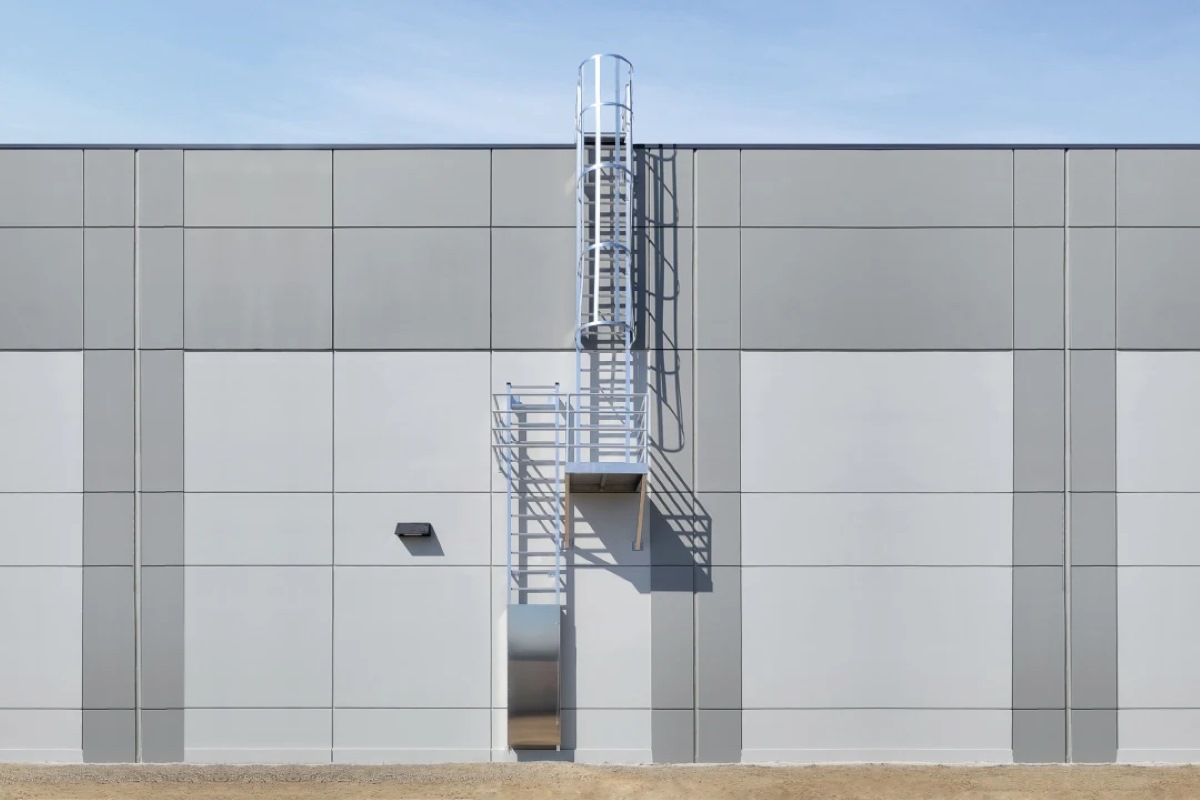
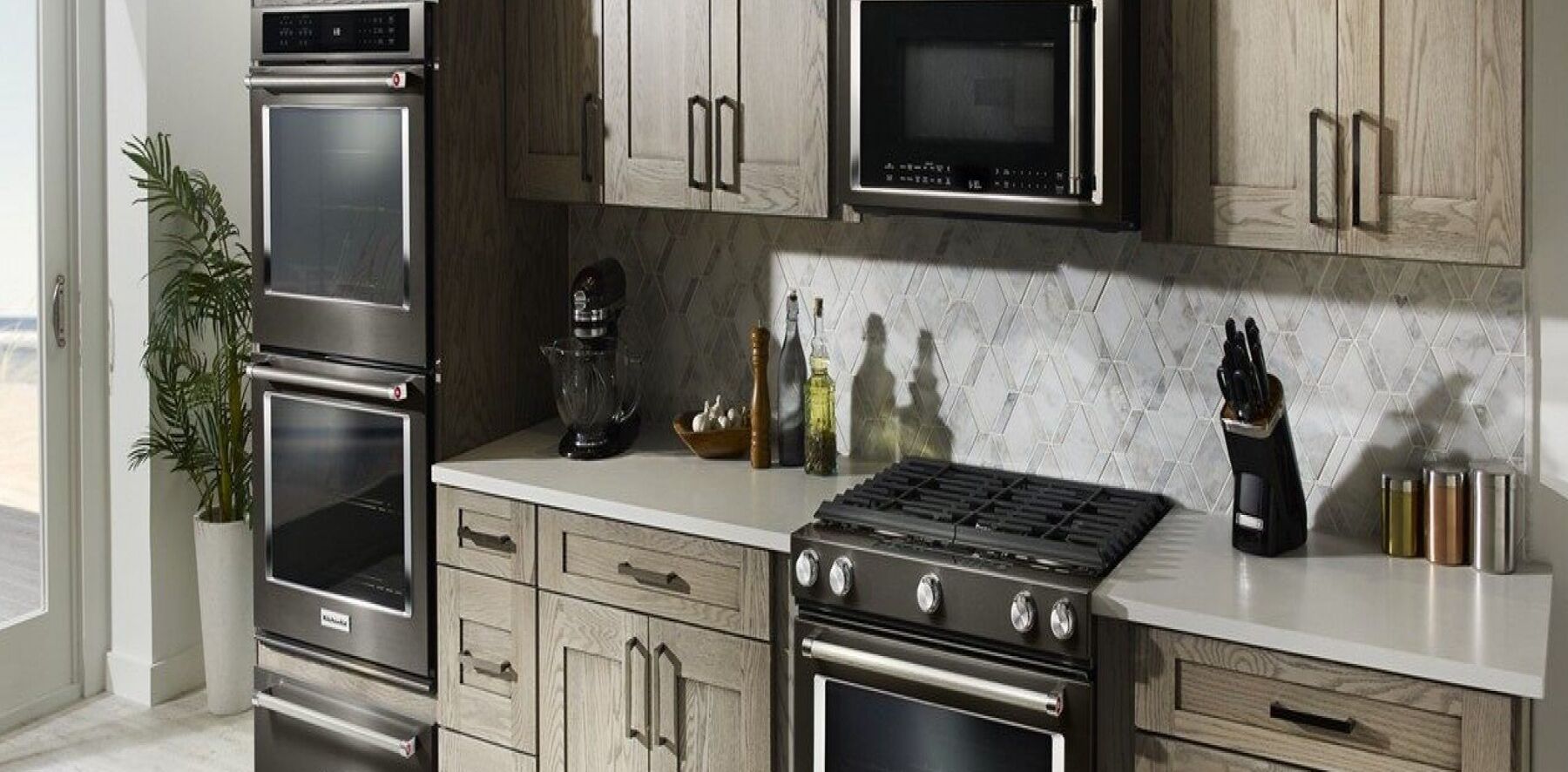
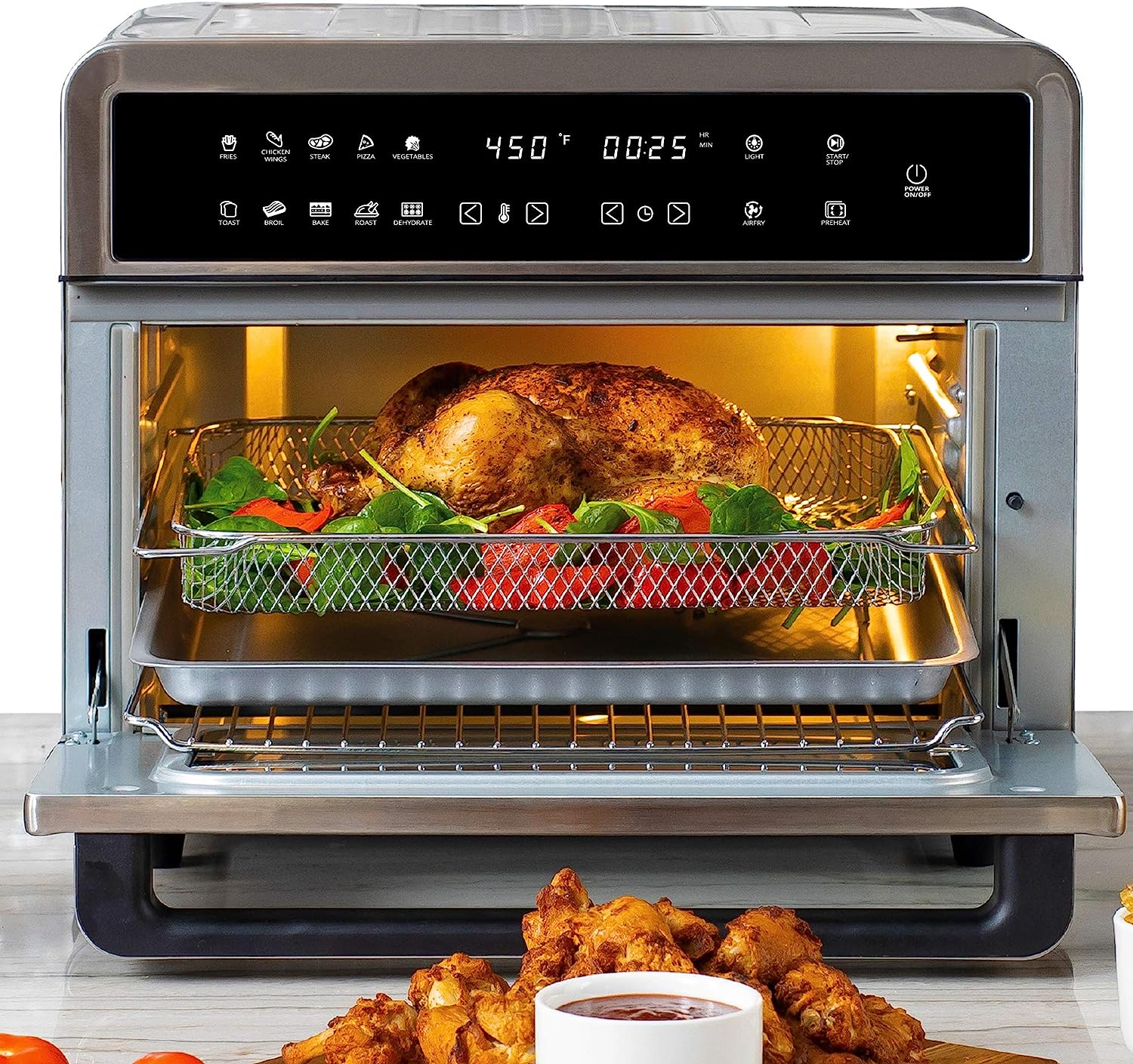
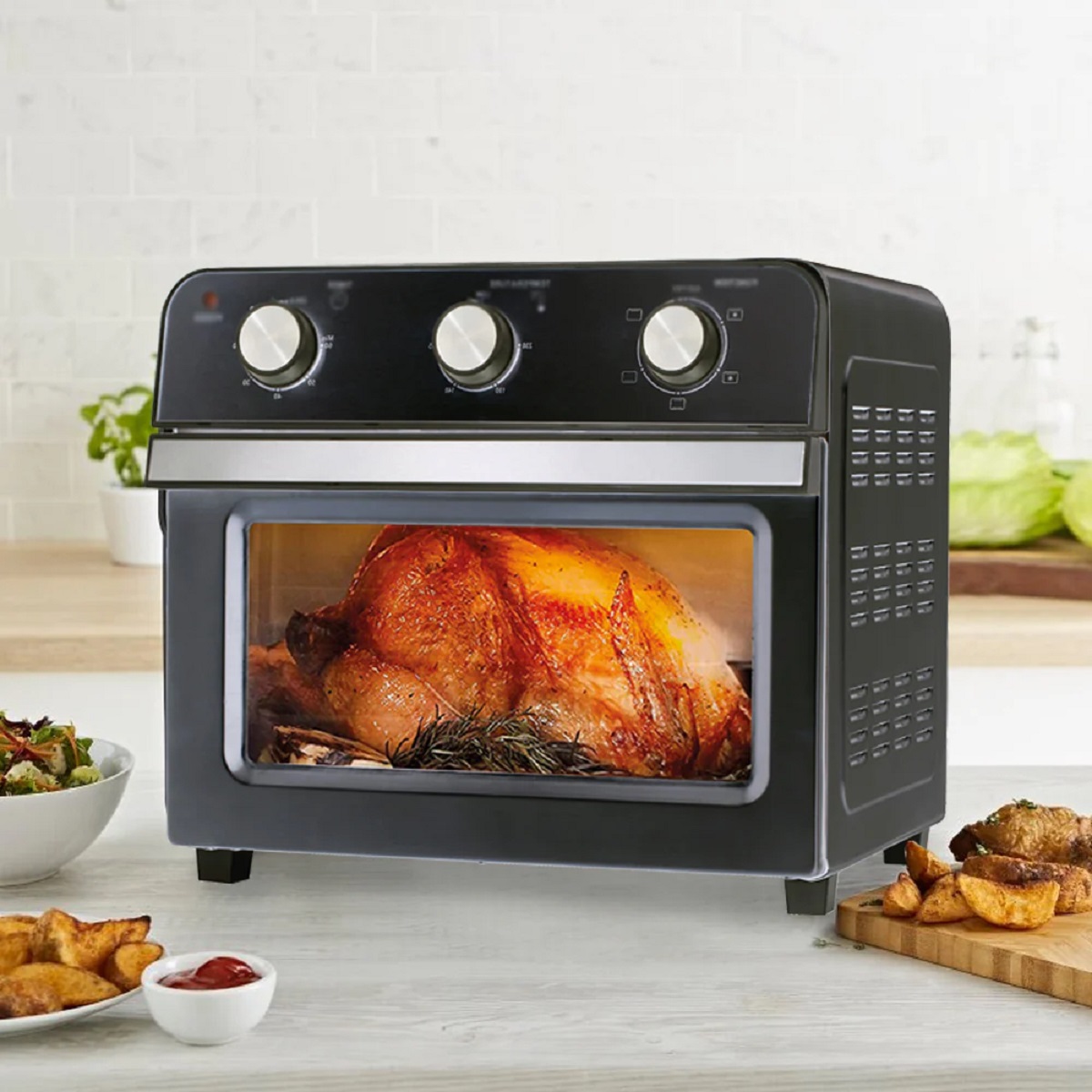
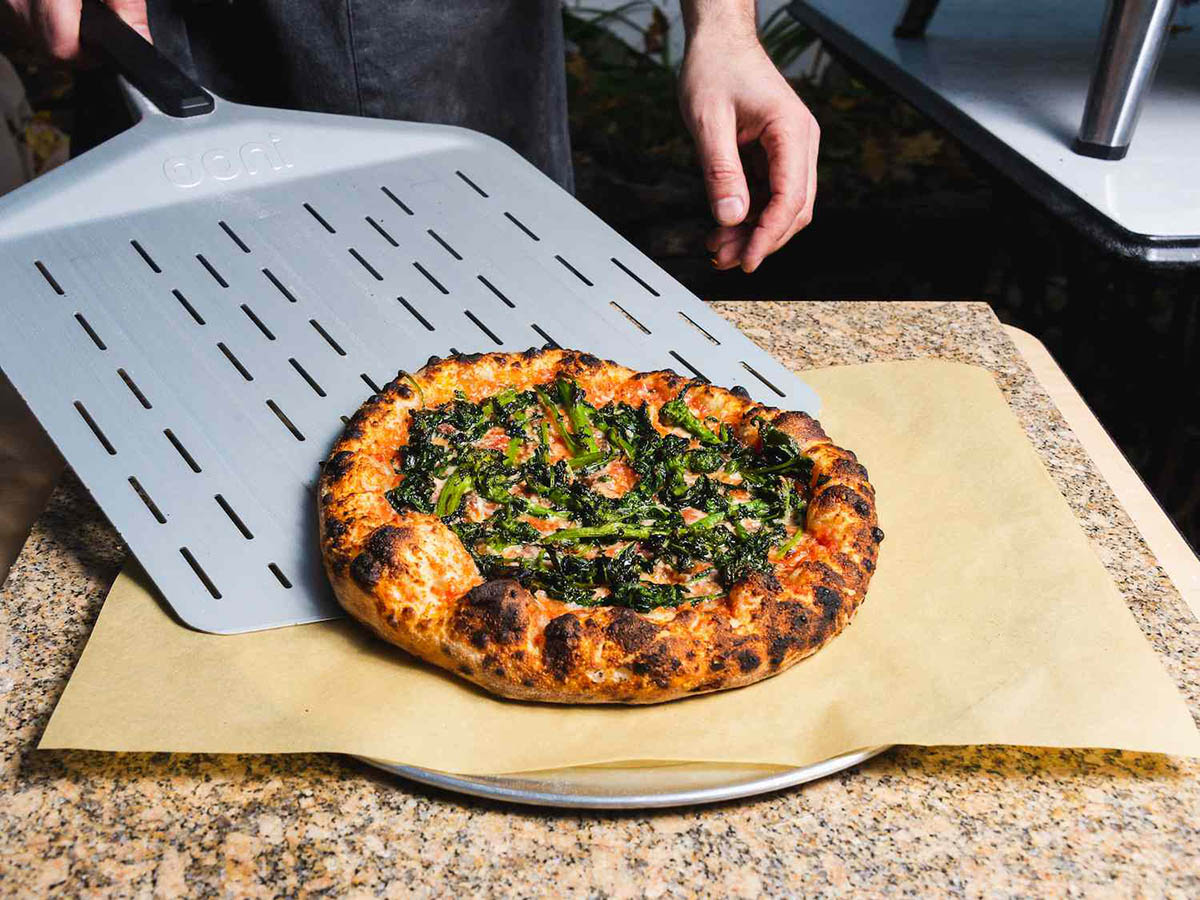
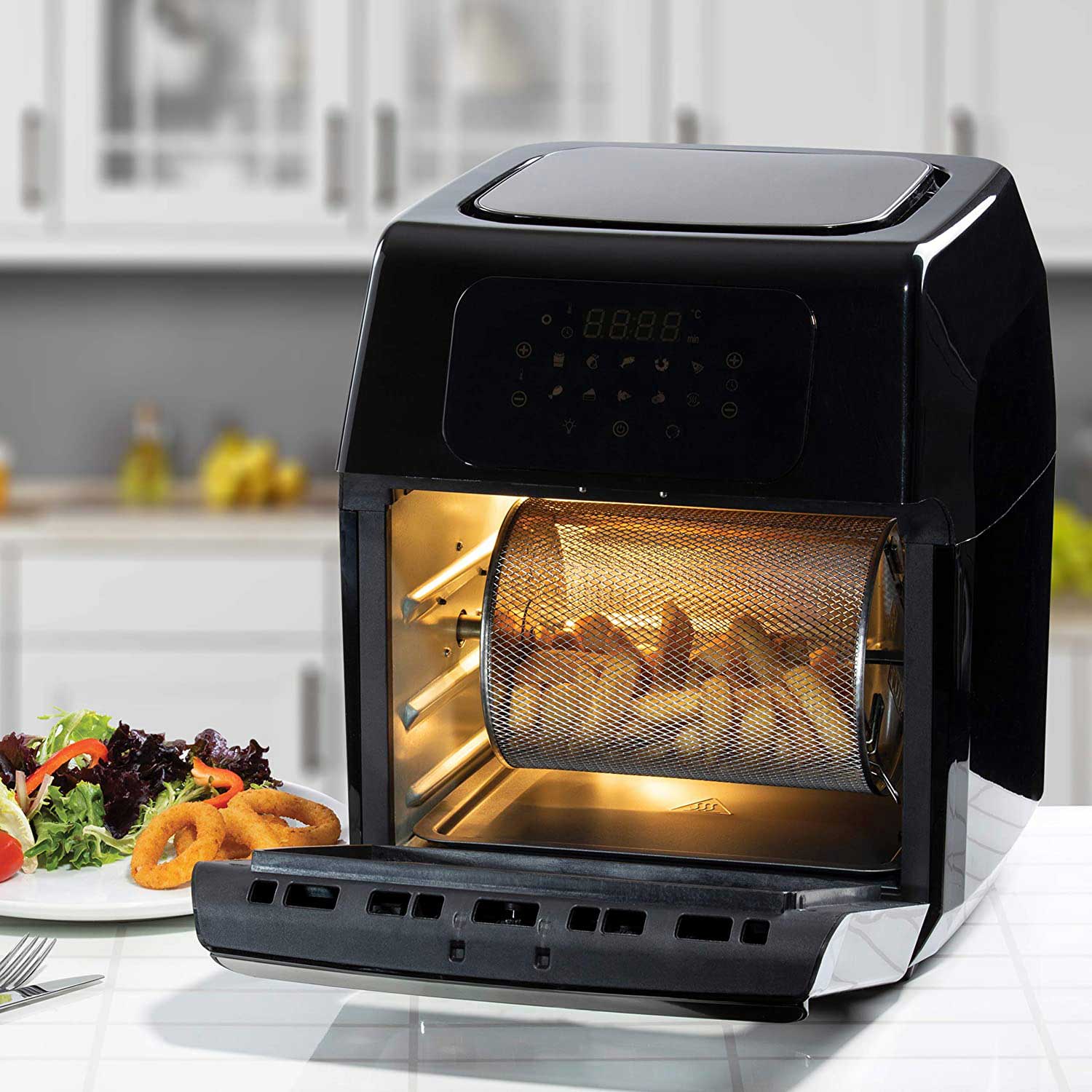
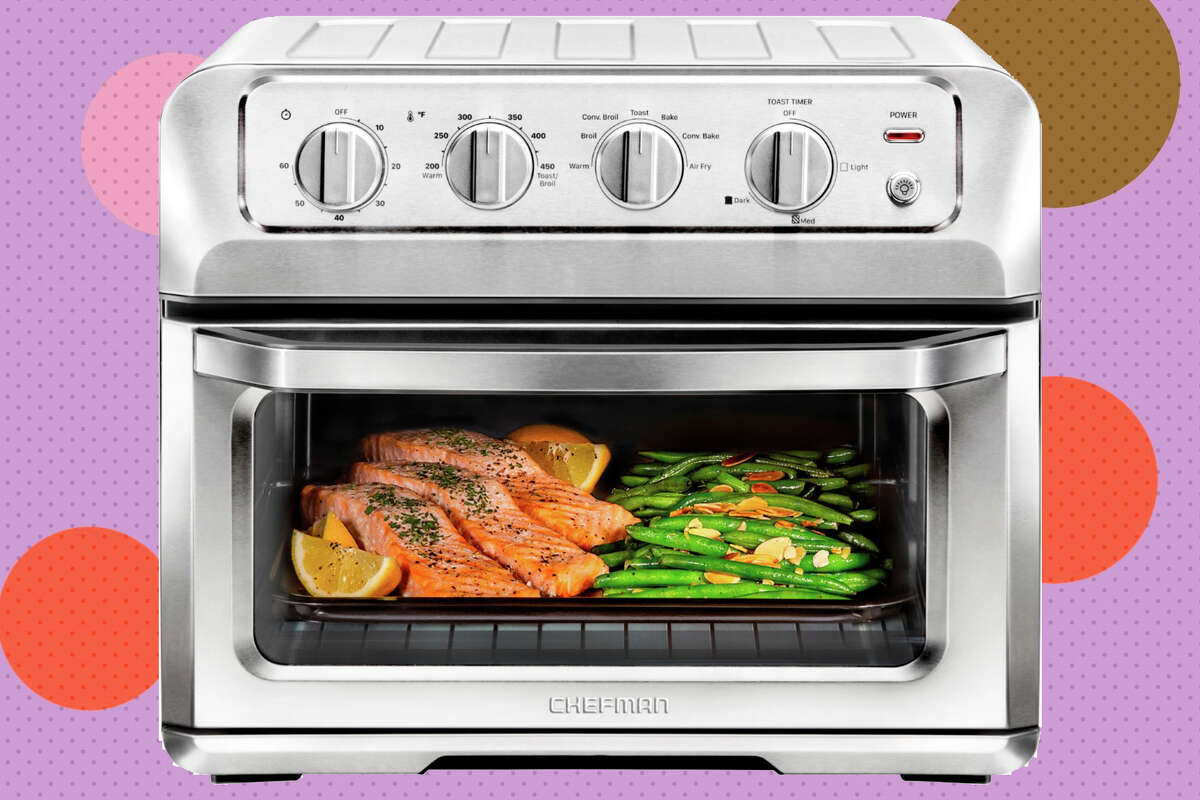
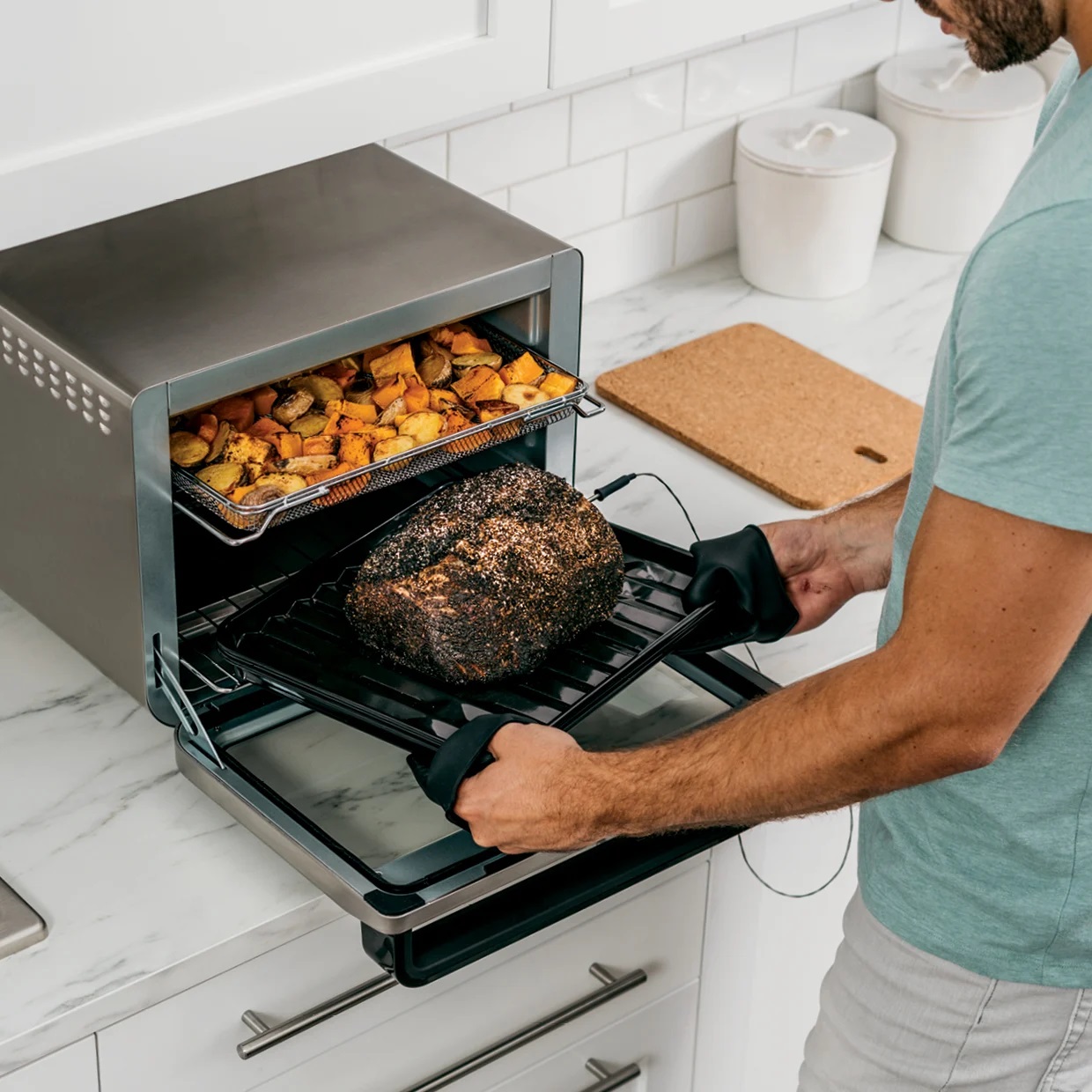
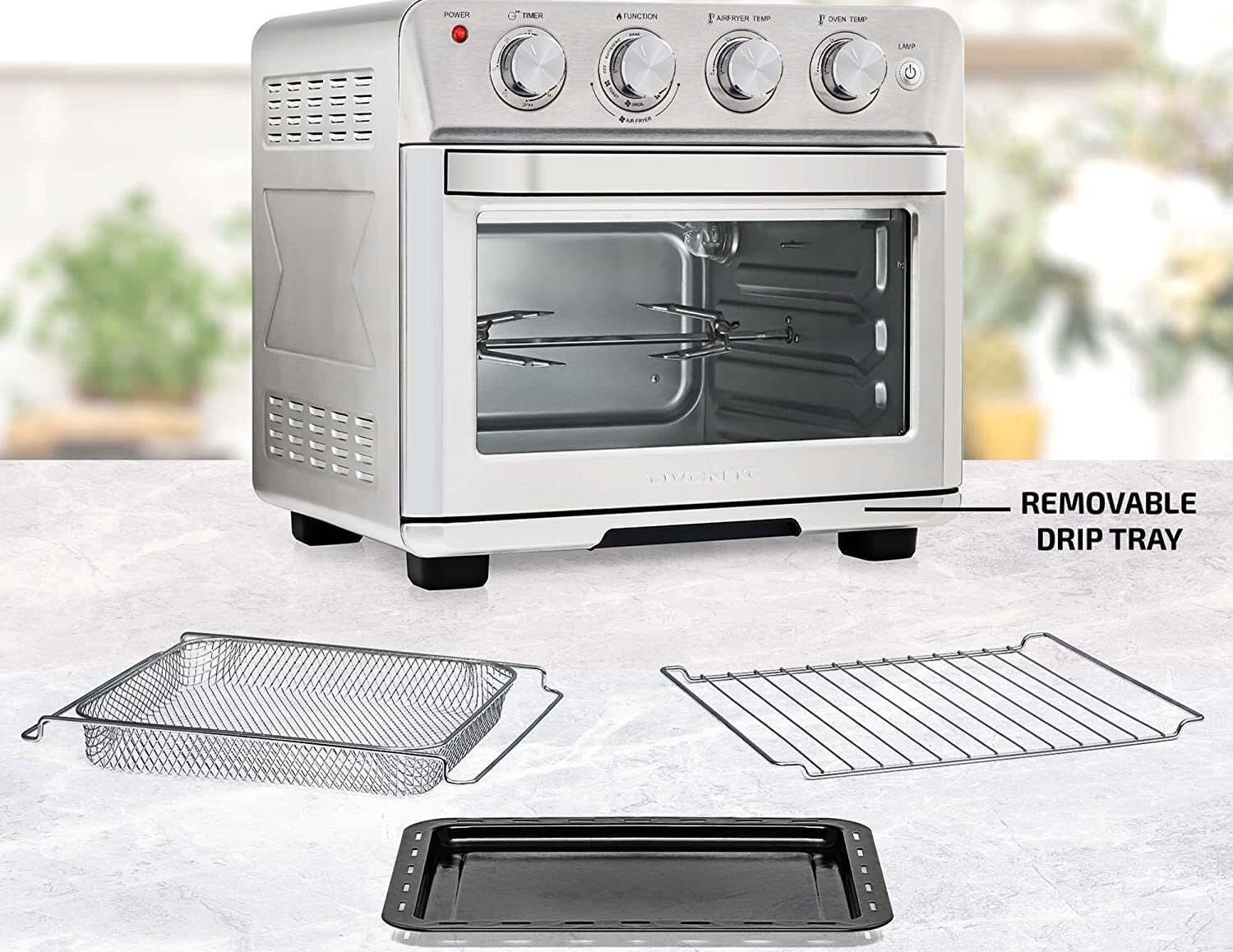
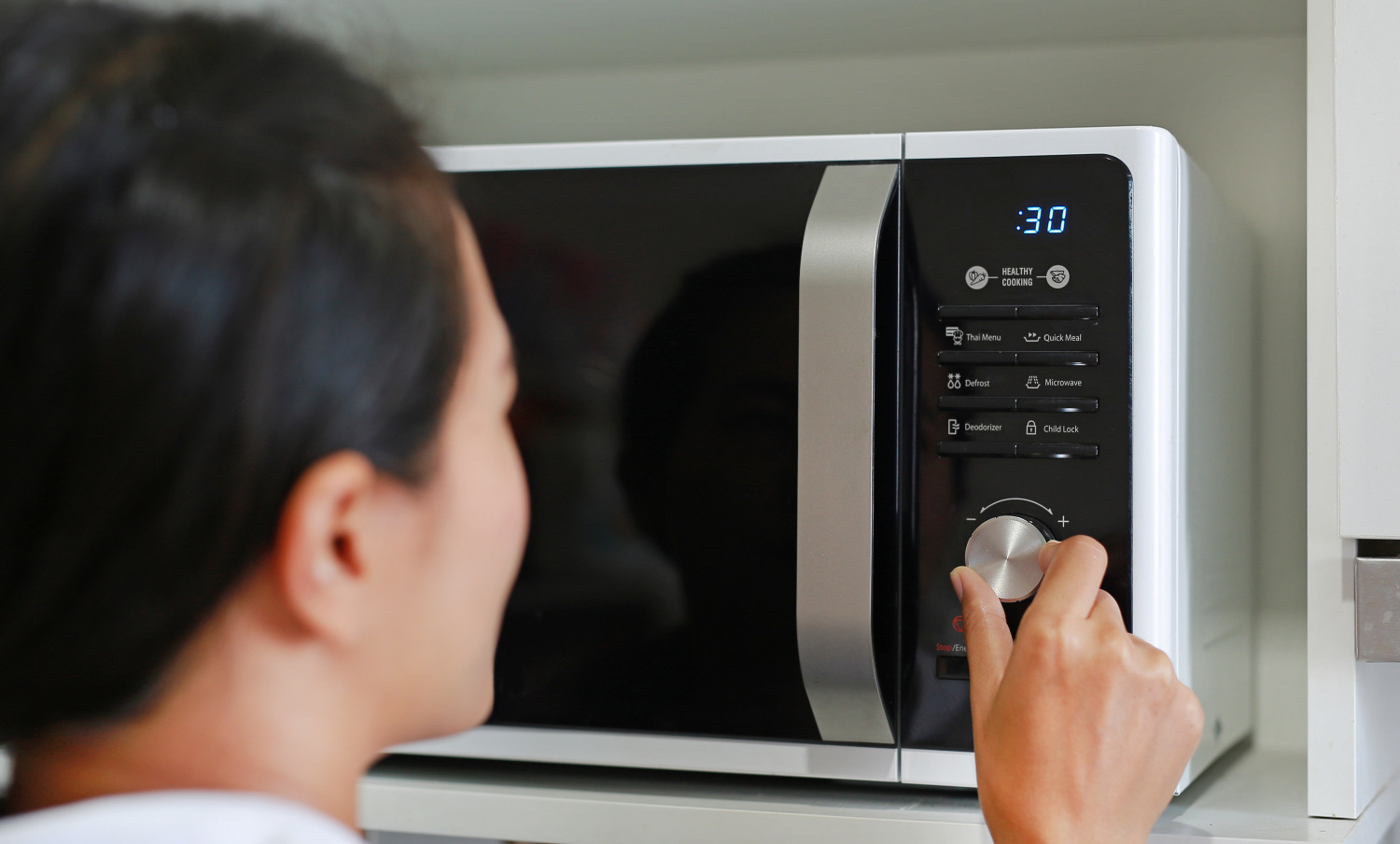

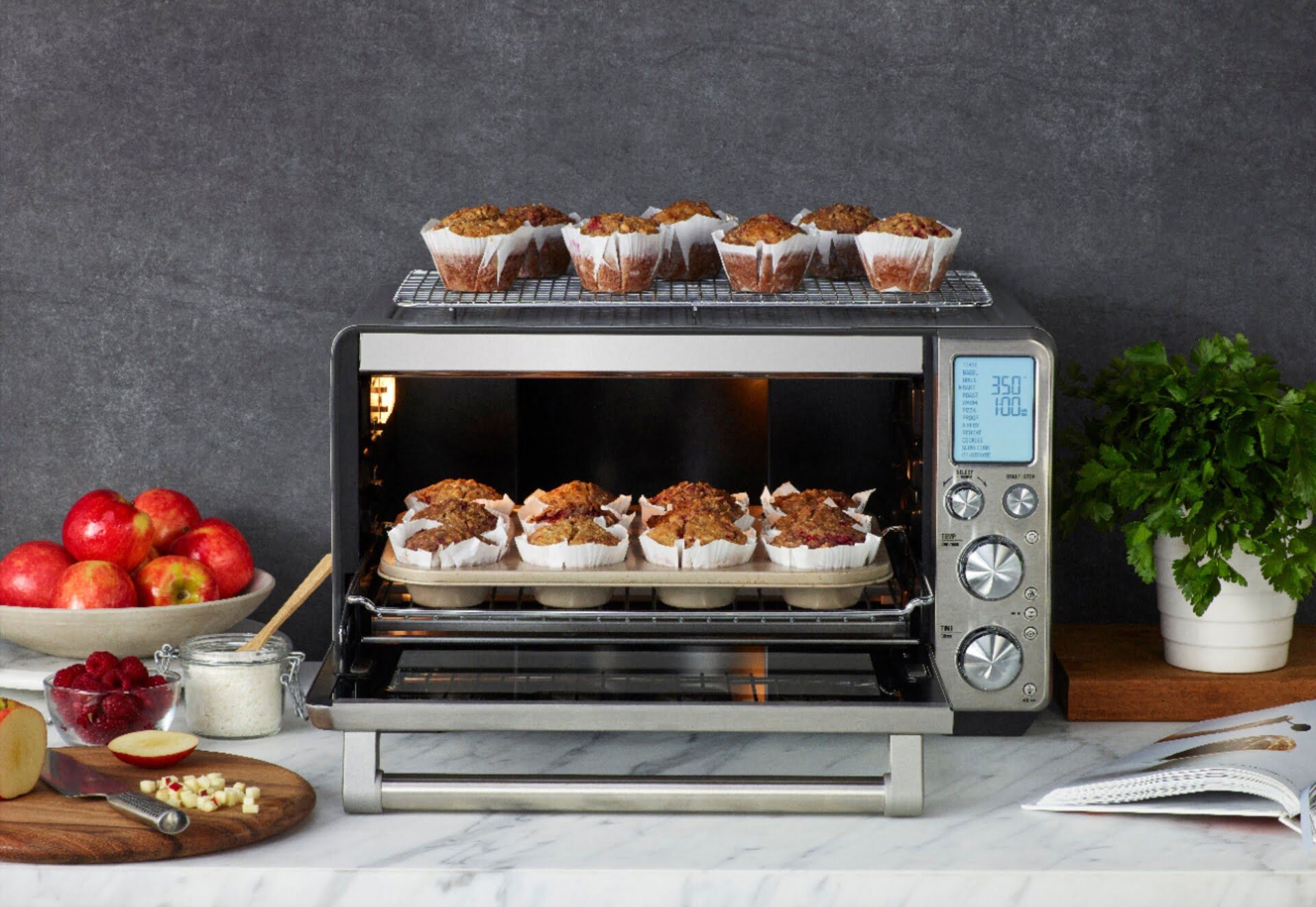
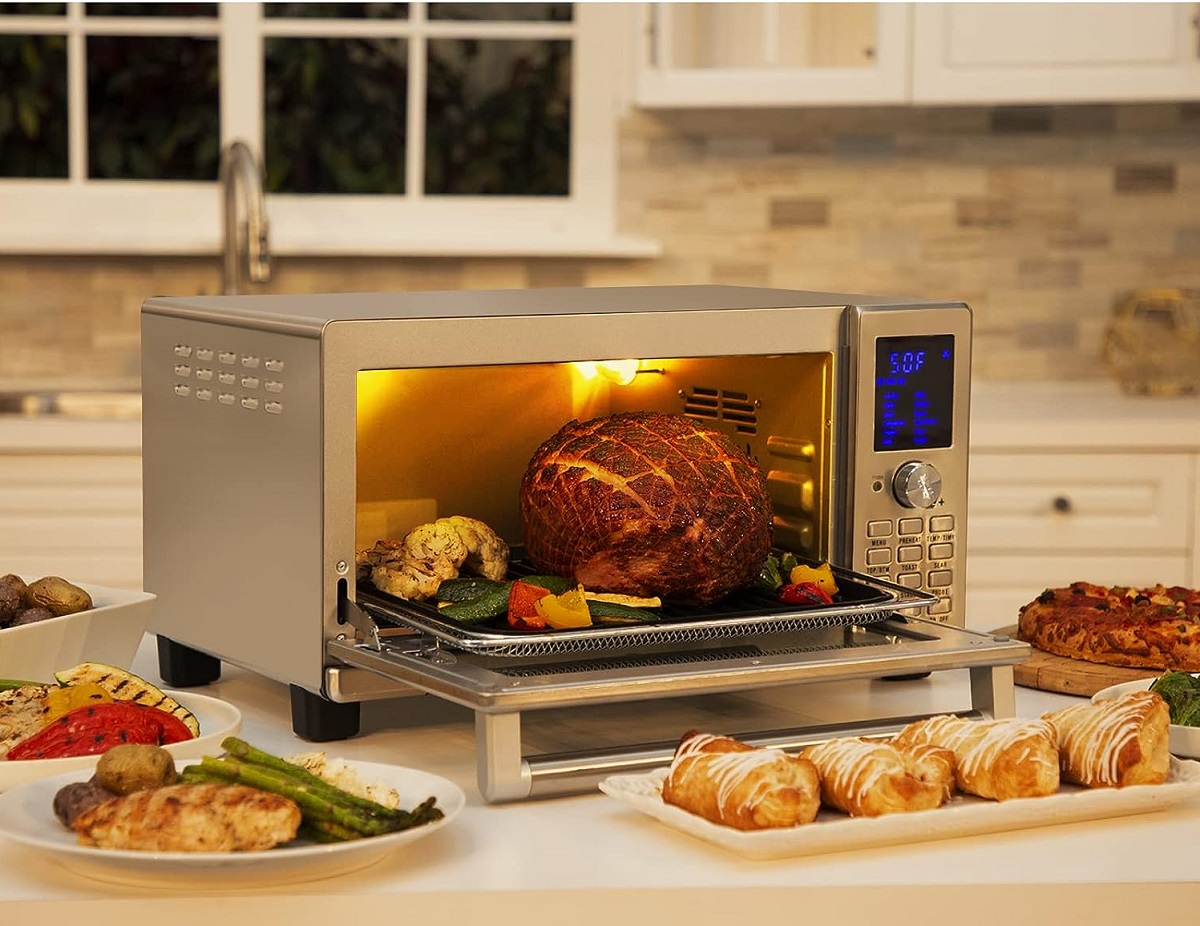

0 thoughts on “How Is Air Fryer Different Than Oven”